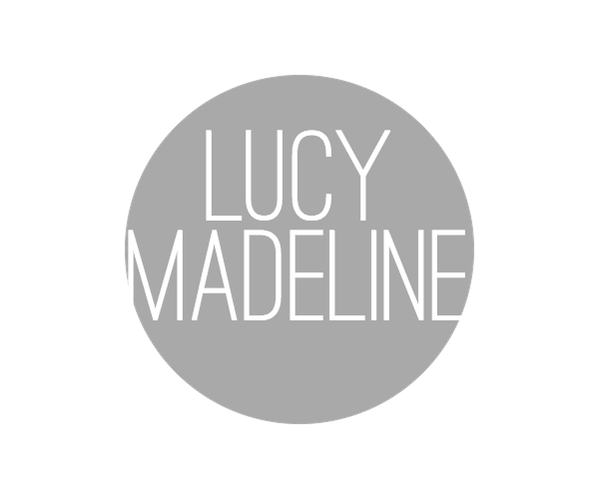Artist Statement
In my work, I use various materials and methods to deconstruct the historical “female identity” as it relates to the body, the family, the subjective and the sociological.
As a social practitioner and performance artist, I create public contexts for experience and dialogue. These range from educational performances about sexual and reproductive health, to purposefully constructed communal rituals that elaborate the Menstrual Rite.
My work in activism and sex education allows me to interact with youth, families and individuals in my community, where I see learning, conversation, mutual understanding, and celebrations of diversity create real change and deep meaning. I want to understand how to translate these transformative events into the art space. Making work that is less about self exploration and more about community engagement, I use my platform as a fine artist to reimagine ways of initiating social change through education and story-sharing. My aim is to decentralize my work and the exhibition space, moving out of the studio and the gallery and into the classroom and the street corner--inserting the social experience into the critical art conversation. Where is the line between education and art practice? How can these come together to make pedagogical art praxis that relocates the art experience from one of privilege and elitism to one of a collective movement, conversation, or experience?
As an object maker, I explore the ritualistic implications of form, material, and image, through the methodologies of collection and record keeping. I focus on how this symbiosis discloses mysteries and practices indigenous to women’s work. I sew my hair into paper, drawing various stages of cellular mitosis and the replication of mother cells into daughter cells, investigating ideas of time, genesis and the m(other)ness of the body. In my thesis, I collected my grandmother’s, mother’s, and my own hair for two years, felting it into standing vessel, mother-skin,where I examined the construction of identity in relationship to the motherline and maternal rituals.
* * *
